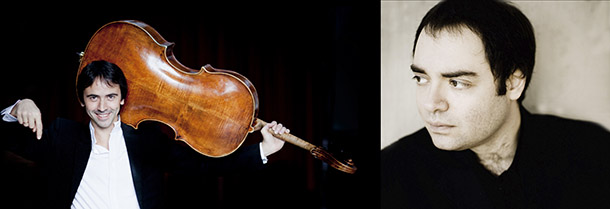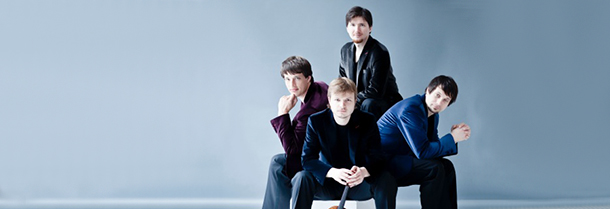Tag: Anton Webern
-

PROGRAM NOTES: WINTERLUDE – SUPER SUNDAY WITH JEAN-GUIHEN QUEYRAS & ALEXANDER MELNIKOV
Robert Schumann Fünf Stücke im Volkston Op. 102 The late 1840s saw Schumann take up “house music” in a big way. This does not mean that he began to DJ at raves, playing dance music with repetitive drum tracks and synthesized basslines. Rather, he had a productive period composing music specifically designed for the home…
-

PROGRAM NOTES: APOLLON MUSAGÈTE QUARTET
Ludwig van Beethoven String Quartet in D major, Op. 18 No. 3 In the Napoleonic era, when a Viennese aristocrat was thinking of entertaining friends at home, he might pop down to the local shop to pick up a six-pack—a six-pack of string quartets, that is. The most refined form of self-entertainment in the homes…

